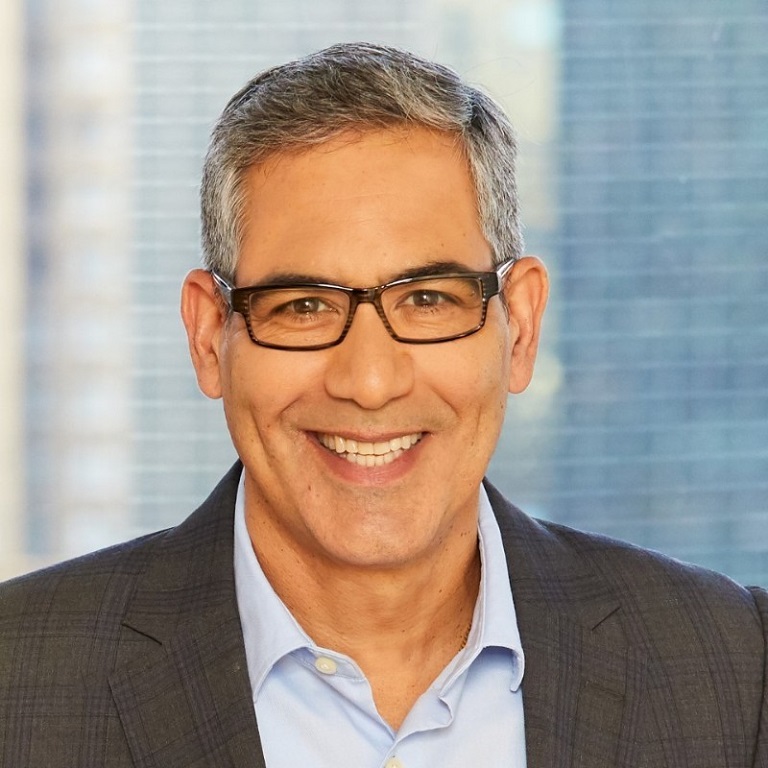
William Beauchamp
Commercial Leader, MMB Multinational
The construction industry is facing a talent crisis. A significant number of skilled workers are retiring or choosing to leave the profession for other industries, and construction firms are struggling to appeal to a new generation of workers.
Analysis of US Bureau of Labor Statistics data by Associated Builders and Contractors found that there were more than 400,000 job openings in the US construction industry in August ꟷ a figure that has risen fourfold in just ten years. These findings are reinforced by a recent joint survey from the Associated General Contractors of America (AGC) and Autodesk, which found that:
The picture in Europe is also alarming. In the UK, for example, the latest survey by the Royal Institution of Chartered Surveyors (RICS) found that 77% of construction firms were experiencing labor shortages in the second quarter as the sector continues to experience recruitment challenges, especially when it comes to skilled workers.
Given the severity of the situation, we would expect the construction industry’s human resources (HR) professionals and risk managers to prioritize staff attraction and retention.
Yet, the results of the latest Mercer Marsh Benefits People Risk 2022 global report found that talent issues are lower on that list: of the 25 risks surveyed, ‘talent attraction, retention, and engagement’ registers as only the eighth highest concern among HR managers, and just fifteenth among risk professionals. Moreover, these two groups are not on the same page when it comes to their current priorities.
In construction, HR’s chief concerns are:
Risk managers, in contrast, are most concerned about:
This disconnect must be overcome to manage people risks effectively. And both groups should begin prioritizing talent risks if they are to overcome the current crisis engulfing the construction industry.
So, what can construction firms do to help attract and retain employees in this tight labor market?
It is critical that they recognize that the employee experience in construction jobs is declining and putting their employee value proposition (EVP) in jeopardy. The industry is currently beset by interruptions and cancellations: the AGC/Autodesk survey found that 92% of firms are experiencing delayed project completion times caused by issues such as staff shortages and delivery hold-ups. At the same time, inflationary pressures and rising material costs have caused 58% of firms to cancel, postpone, or scale back projects. These problems are causing disruption and uncertainty for workers, many of whom are looking for greater rewards and better working conditions.
While many employers are looking to improve on this front, so far, their efforts have been mostly focused on pay: AGC/Autodesk found that 86% of firms have increased base pay in the last 12 months, but just 24% have increased their benefit contributions and/or improved employee benefits. And our People Risk survey found that just 34% of construction firms believe they have a competitive EVP.
Employers should also focus on improving their wider EVP. They should urgently review their benefits design, financing, and delivery to ensure they are ‘an employer of choice’ for both current and prospective staff. Employees are less likely to move to another employer when they have access to a range of benefits. Our Health on Demand research shows that employees tend to feel more loyal and energized when their employer shows that it cares about their health and well-being.
Offering more benefits doesn’t always mean increasing expenses, however. Employers should revisit their benefits strategies and seek opportunities to better manage costs by designing a total rewards package for value. Additionally, looking at alternative cost arrangements — like captives and self-insurance — can provide employers with greater levels of control over their benefit plans while providing significant savings.
Construction firms also should place a greater emphasis on safeguarding the well-being of their workers. Worksite safety should always be a priority. But workers’ mental well-being should also be addressed.
However, addressing mental health challenges is sometimes difficult in the construction industry. As Dr. Wolfgang Siedl, partner and workplace health consulting leader for Mercer in the UK and Europe, points out, the construction industry is “a traditionally male-dominated industry, where addressing mental health challenges is often considered taboo [and] feelings of stress are often left unresolved and unaddressed”.
To tackle this, employers should focus on improving the resilience of the workforce and providing access to a range of health and safety resources. Employee assistance programs (EAPs), for example, can help workers with a variety of issues that can cause them stress and worry. But a firm’s well-being offerings should go beyond programmatic elements and help workers cope with the changing nature of work and life.
Construction firms should consider creating an EVP that enhances the health and well-being of their workers, while remaining affordable.
The key to achieving this is to consider all the elements of your total rewards package as one, looking at how they fit together, identifying redundancies, and ensuring each element aligns with your organization’s goals.
To get started, we recommend that HR and risk managers:
For more information, please reach out to your Marsh contact or local office.

Commercial Leader, MMB Multinational